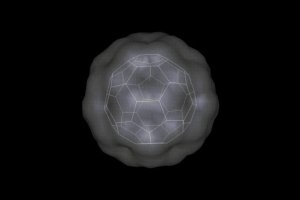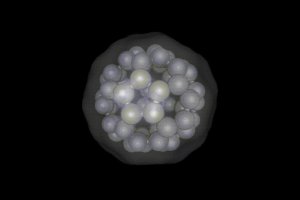____________________________________________________________________________________________
A few posts back I mentioned I had originally been searching for images of those faces blowing wind, which you see on old maps. I came across these maps which happened to have been illustrated by Athanasius Kircher, who was a Benedictine scientist and authority of his time on many subjects, among them volcanology. It’s interesting to see the hypothetical depictions, circa 1668, of the views of how the earch was composed. By this time the world was known to be round. And although Jules Verne in the 19th century imagined that the core of the earth might be hollow, and even home to subterranean societies hidden from surface-dwellers, Kircher depicted the center as a seething pool of churning magma with various channels to the volcanos on the crust; which is basically accurate as we now know. He titled this piece “Pyrophylaciorum” for the fire in the middle. His second rendering depicts how water pools in subterranean depths all around the planet, the cavernous aquifers which feed the rivers at the surface, “Quo Exprimitur Aquarum”. It’s interesting that what he surmised, without being able to physically examine as we do today, with radar and ultrasound plumbing the depths. But in many ways his concepts were accurate.
The next phase in our physical understanding of our world would take us from deep within the earth, to deep within the physics of the atoms themselves. Unlike Kircher, who had no electronic means of detection, and relied on visual inspection, we now can journey deep inside matter itself. Leaping from models of atoms and molecules, we now can capture images of the particles inside of the atoms themselves, at the nano level, and even physically manipulate the atomic molecular arrangements. What’s interesting to me, is that at the micro levels of matter, patterns similar to those at the macro level are replicated reverse fractally, increasingly smaller Bucky balls of probability of energy and matter, time and empty space of particle physics….yet somehow patterned and predictable…
Which goes to show, that it is possible, to hear music in the spheres, and as the poem goes, to “see eternity in a grain of sand.”
____________________________________________________________________________________________
![Kircher_[2]mundus subterraneus pyrophylaciorum](https://starinthestone.files.wordpress.com/2012/08/kircher_2mundus-subterraneus-pyrophylaciorum.jpg?w=500&h=446)
![Kircher_[3]mundus subterraneus pyrophylaciorum 1668](https://starinthestone.files.wordpress.com/2012/08/kircher_3mundus-subterraneus-pyrophylaciorum-1668.jpg?w=500&h=442)














